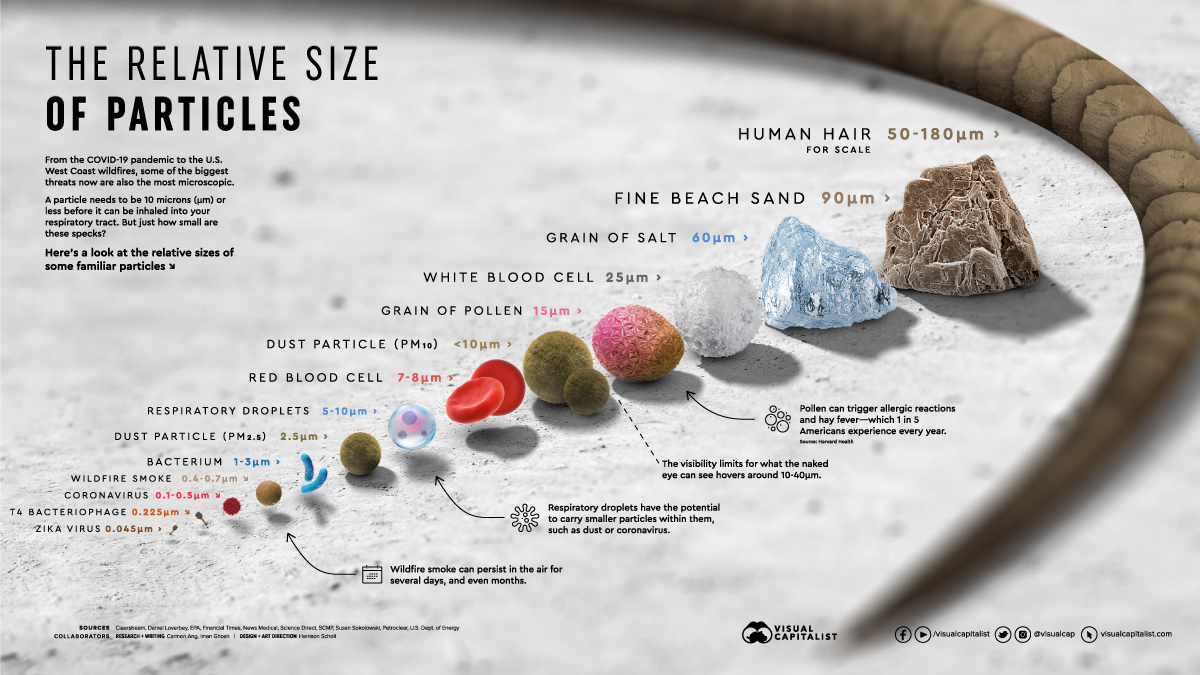
Understanding Microplastics
Microplastics are a ubiquitous class of substances that have infiltrated almost every aspect of our lives. These tiny plastic particles are found in the air we breathe, the water we drink, and even the food we consume. Alarmingly, studies have confirmed the presence of microplastics in human blood, raising concerns about the long-term implications for health. Whether through ingestion, inhalation, or dermal contact, microplastics are steadily entering our bodies and could potentially disrupt key biological processes.
Health Impacts
The effects of microplastics on human health are still being researched, but evidence suggests they may contribute to several health issues. These include:
- Endocrine Disruption: Chemicals leaching from microplastics, such as phthalates and bisphenols, are known endocrine disruptors. These substances can mimic hormones in the body and interfere with normal hormonal functions, potentially affecting reproductive health and development.
- Gastrointestinal Problems: When ingested, microplastics can accumulate in the digestive system, potentially leading to inflammation, oxidative stress, and changes to the gut microbiome.
- Respiratory Consequences: Microplastic fibers present in the air can be inhaled, potentially causing respiratory irritation or contributing to lung inflammation.
Scientists are actively investigating how microplastics interact with the human body and what this means for long-term health outcomes. An in-depth review of these effects can be found on reputable platforms like ScienceDirect, which offers access to extensive scientific studies on the subject.
What Are Microplastics?
Microplastics are defined as plastic particles measuring less than 5 millimeters in diameter. They are categorized into two main types based on their origin:
Primary Microplastics:
These are intentionally small particles designed for specific uses. Common sources include:- Cosmetics and Personal Care Products: Microbeads used in exfoliating scrubs, toothpaste, and facial cleansers.
- Industrial Applications: Tiny plastic particles used as abrasives or in industrial processes.
Primary microplastics typically range in size from 1 micrometer (1 μm) to 1 millimeter (1,000 μm).
Secondary Microplastics:
These result from the breakdown of larger plastic items, such as bottles, bags, and fishing nets. Over time, exposure to UV radiation, weathering, and physical abrasion fragments these materials into smaller pieces. Secondary microplastics generally fall within the range of 100 micrometers to 5 millimeters.
Understanding the size and sources of microplastics is crucial for addressing their spread and developing effective mitigation strategies.
The Scale of the Problem
To put the size of microplastics into perspective, imagine this: a single particle measuring 1 micrometer is invisible to the naked eye and roughly 70 times smaller than the width of a human hair. Secondary microplastics, while larger, are still small enough to evade standard filtration systems in water treatment facilities.
Visual aids can be particularly helpful in illustrating the relative size of these particles compared to everyday objects, such as grains of sand or pollen.

Taking Action: Investing in Filtration
One of the most effective ways to reduce your exposure to microplastics is by investing in high-quality water filtration systems. A combination of reverse osmosis (RO) and activated carbon filters is highly recommended:
- Reverse Osmosis Filters: These filters can remove particles as small as 0.001 microns, making them capable of eliminating even the tiniest microplastic particles.
- Activated Carbon Filters: These are excellent for trapping chemicals that might leach from microplastics, such as volatile organic compounds (VOCs).
By installing an RO system in your home, you can ensure that your drinking water is free from contaminants that standard filtration systems may miss.
Personal Accountability
While governments and industries must play a significant role in addressing the microplastics crisis, individuals can take proactive steps to reduce their exposure. Here are some actionable tips:
- Filter Your Water: As mentioned earlier, invest in reliable filtration systems for your home.
- Reduce Plastic Use: Minimize your reliance on single-use plastics by opting for reusable alternatives like glass or stainless steel.
- Stay Informed: Use tools like the Environmental Working Group’s Tap Water Database to check the quality of your local water supply and understand what contaminants might be present.
It’s crucial to remember that combating the microplastics problem requires collective effort. By making small, informed changes in our daily lives, we can contribute to a larger movement toward reducing plastic pollution.
Final Thoughts
Microplastics may seem like an invisible threat, but their impact is anything but. From disrupting ecosystems to affecting human health, these tiny particles have far-reaching consequences. Understanding the sources, risks, and solutions is the first step toward addressing this global issue. With continued research, innovation, and individual action, we can hope to mitigate the damage and protect both our planet and our health.
Don’t rely on your local government, take matters into your own hands to give you that peace of mind. A tool to check your local water supply’s levels of these chemicals can be found Here Here
